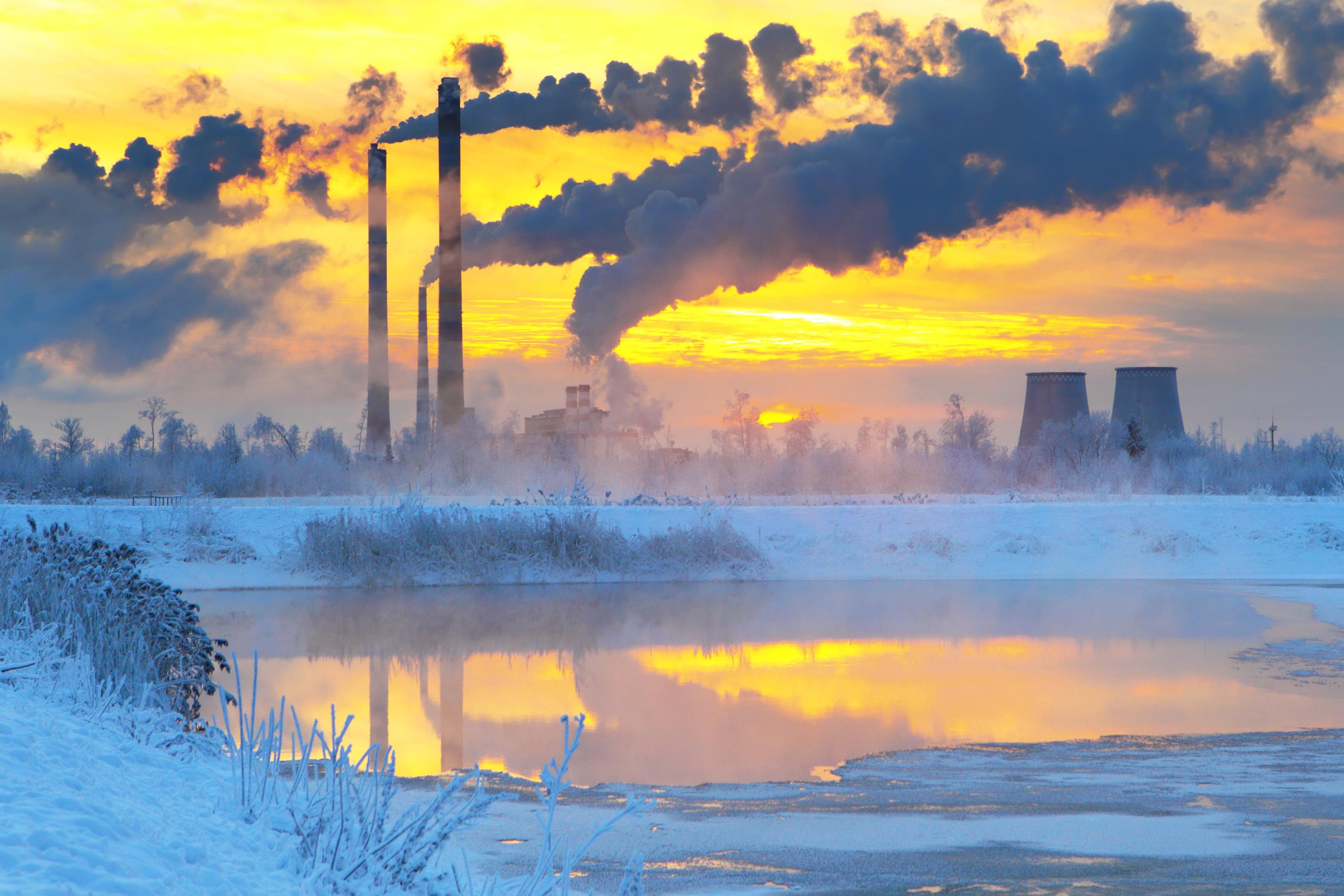
3 minute read
Now That Trump’s Assault on
NOW THAT TRUMP’S ASSAULT ON THE ENVIRONMENT IS OVER, CAN WE GET BACK TO WORK!
With the Trump administration’s fouryear environmental protection and conservation assault vanished along with his presidency, the restoration process must now kick off. The world watched with dismay as laws, policies, science and the conservation of waters, air, wildlife, and public lands were systematically pulled down.
To exacerbate the matter, the Trump administration also undertook a series of anticonservation attacks that left profound damage on environmental conservation efforts started by the former administration. The most notable changes took place during the last days of Trump in office, where experts argued that Trump would cement “as many environmental attacks as possible to make it harder for the next president and other lawmakers to undo the damage.”
True to that, Trump did as predicted earlier. First, the Trump administration shook down and sold off the Arctic refuge to pave way for oil and gas drilling less than two weeks before the November 2020 election. Moreover, the Trump administration finalized changes that were meant to weaken the National Environmental Policy Act (NEPA), which would make it easier to keep the public in the dark about government projects and create more loopholes for certain activities to escape environmental review.
Do you remember the forcing of a Utah highway through protected wildlife habitat and public lands orchestrated by the Trump Bureau of Land Management? Indeed, the Trump administration planned to force a highway through both the reserve and the Red Cliffs National Conservation Area; a project could disrupt habitat for the tortoises, whose numbers have declined by some 90 percent since the 1950s, and fragment popular trails used by thousands of people each year. Those are just a few of the numerous anticonservation attacks launched by Trump’s four-year rule.
IS THE DAMAGE REVERSIBLE?
While the damage may be profound, there is a big chance the new Biden administration can reverse all these harms, restart fundamental environmental policies and programs, and restore the government’s commitment to environmental protection, lands and waters conservation. But to achieve all this, there is one key thing needed— a restoration plan.
Early last year, a team of diverse environmental leaders with government, nonprofit, private sector, and academic experience from across the country convened in a virtual meeting entitled The Restoration Project. After several months of studies, the team created a carefully researched and prioritized list of top 100 important actions to be undertaken to restore America’s environment. The plan was handed over to the Biden-Harris transition team in November 2020.
As of today, some of the plan’s top priorities have already been achieved, including rejoining of the Paris Agreement (number 1 in the plan), issuing executive orders on meeting climate change goals (number 2), and halting the Keystone XL pipeline (number 25). However, other restorative actions could take longer to accomplish, especially where the former administration locked in changes with new federal regulations.
One such instance is the issuance of final regulations by EPA that weakened fuel economy standards for cars and trucks from 54mpg to 40mpg by 2025, which is set to worsen the climate crisis. Moreover, EPA finalized the “transparency rule” that is set to restrict the agency from considering scientific studies that do not reveal raw data, including confidential or personal identifying information.
These reversals were prioritized in the Restoration Project, where the team recommended either they be repealed by Congress or a new rule be promulgated, a process that will take several years. The Restoration Project also calls for a restoration of protection for special places that we all thought were legally protected from development and impact, including road building and logging in the Tongass national forest of Alaska, drilling in the Arctic national wildlife refuge, and oil and gas development adjacent to Chaco Culture national historical park.

Work cited.
https://www.theguardian.com/commentisfree/2021/ feb/01/trump-assault-on-the-environment-is-over-thisis-how-to-restore-it.










